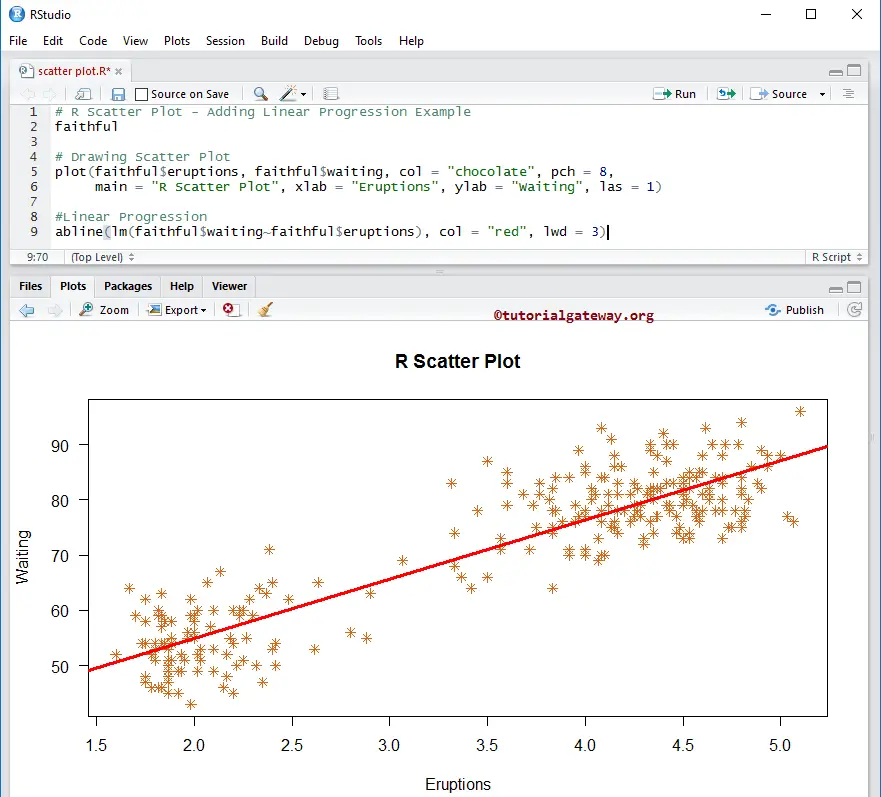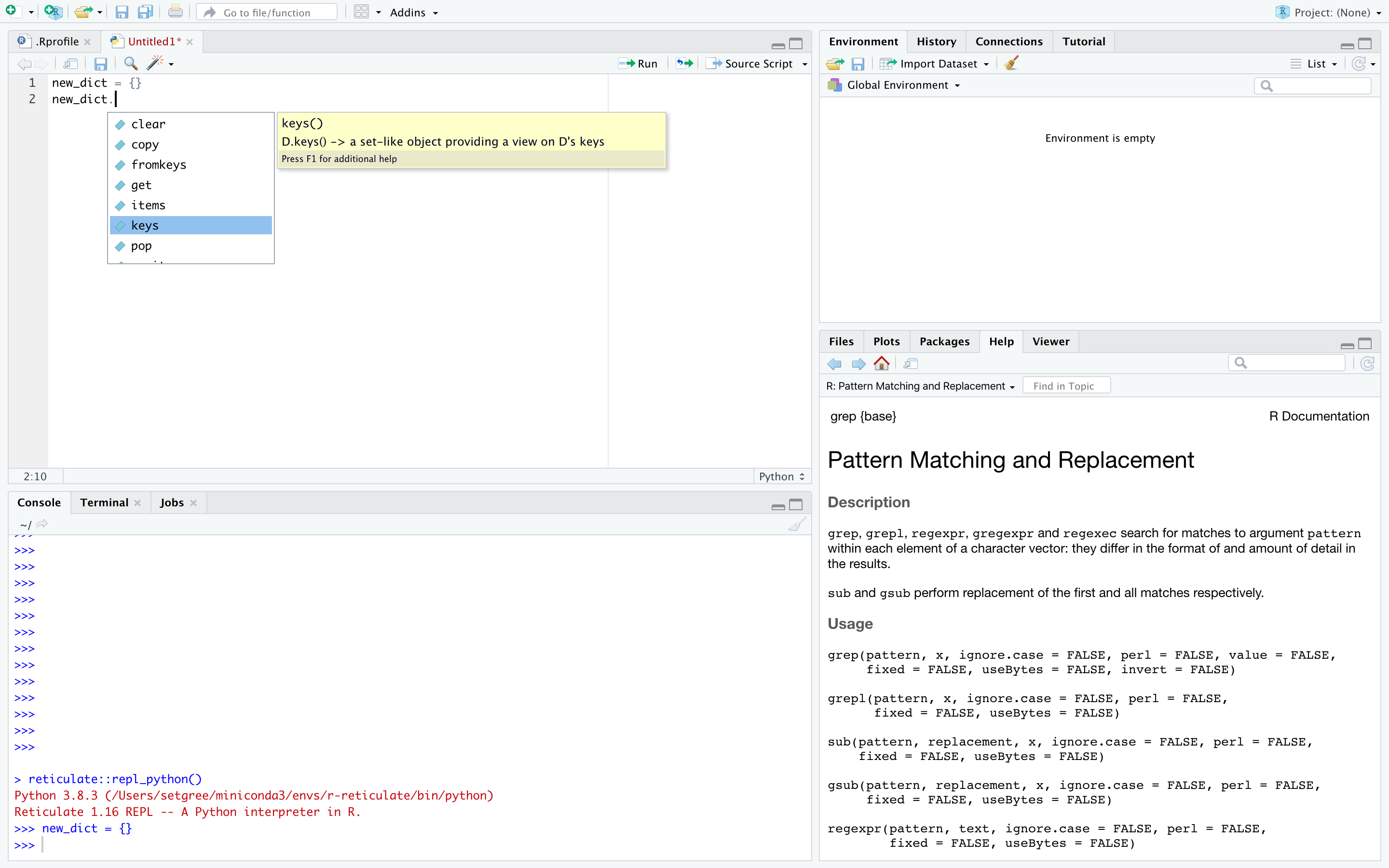

The purpose of the daemon is to make render more responsive during interactive sessions. This enables subsequent renders to proceed immediately without having to wait for kernel start-up. To mitigate the start-up time for the Jupyter kernel Quarto keeps a daemon with a running Jupyter kernel alive for each document. It applies to using kernels other than the default Python kernel that happen to be installed within a conda environment separate from the one you are using.

Note that this step is not required if you are merely using conda with Quarto. Please follow the instructions here to make conda managed kernels available: If you are using a kernel that is contained within an external conda environment you need to take an extra step to make sure it is recognized by Quarto. We could convert the simple document.qmd we used as an example above to a Jupyter notebook using the quarto convert command. The next section discusses using notebooks with Quarto in the context of Jupyter Lab, but the same concepts apply to VS Code. You can also use the VS Code notebook editor to create Python notebooks that you will render with Quarto. You can install the VS Code extension by searching for ‘quarto’ in the extensions panel or from the extension marketplace.

The extension integrates directly with the Python Extension to provide the following Python-specific capabilities: The Quarto Extension for VS Code provides a variety of tools for working with. See Embedding Jupyter Notebook Cells for more details. In addition to including executable Python code chunks in a Quarto document, you can also embed cells from an external Jupyter Notebook (. title : "My Notebook" execute : enabled : true - Embed Notebooks For example, the example shown above might be rendered to various formats with: Quarto will automatically run computations in any markdown document that contains executable code blocks.

There are many options which control the behavior of code execution and output, you can read more about them in the article on Execution Options. You can produce a wide variety of output types from executable code blocks, including plots, tabular output from data frames, and plain text output (e.g. printing the results of statistical summaries). This document would result in the following rendered output: These are cell level options that make the figure cross-referenceable. You’ll note that there are some special comments at the top of the code block. title: "matplotlib demo" format: html: code-fold: true jupyter: python3 - For a demonstration of a line plot on a polar axis, see ``` ) ax.plot(theta, r) ax.set_rticks() ax.grid( True) plt.show() ```


 0 kommentar(er)
0 kommentar(er)
